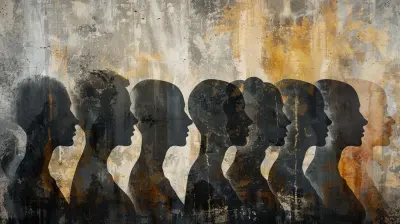Understanding Gender Identity Development in Children
22 October 2025
Gender identity is one of those things we all have, even if we might not always think about it. For kids, figuring out their gender identity is a big part of growing up—it’s like piecing together who they are in the world. But let's be real: this journey can be confusing, not just for children, but also for the adults in their lives. If you're a parent, teacher, or caregiver, trying to support a child's understanding of gender identity can feel like learning a new language.
In this post, we’re diving deep into what gender identity development in children really looks like. We’ll unpack key concepts, understand what to expect at different ages, and talk about how to support children in a way that’s healthy and affirming.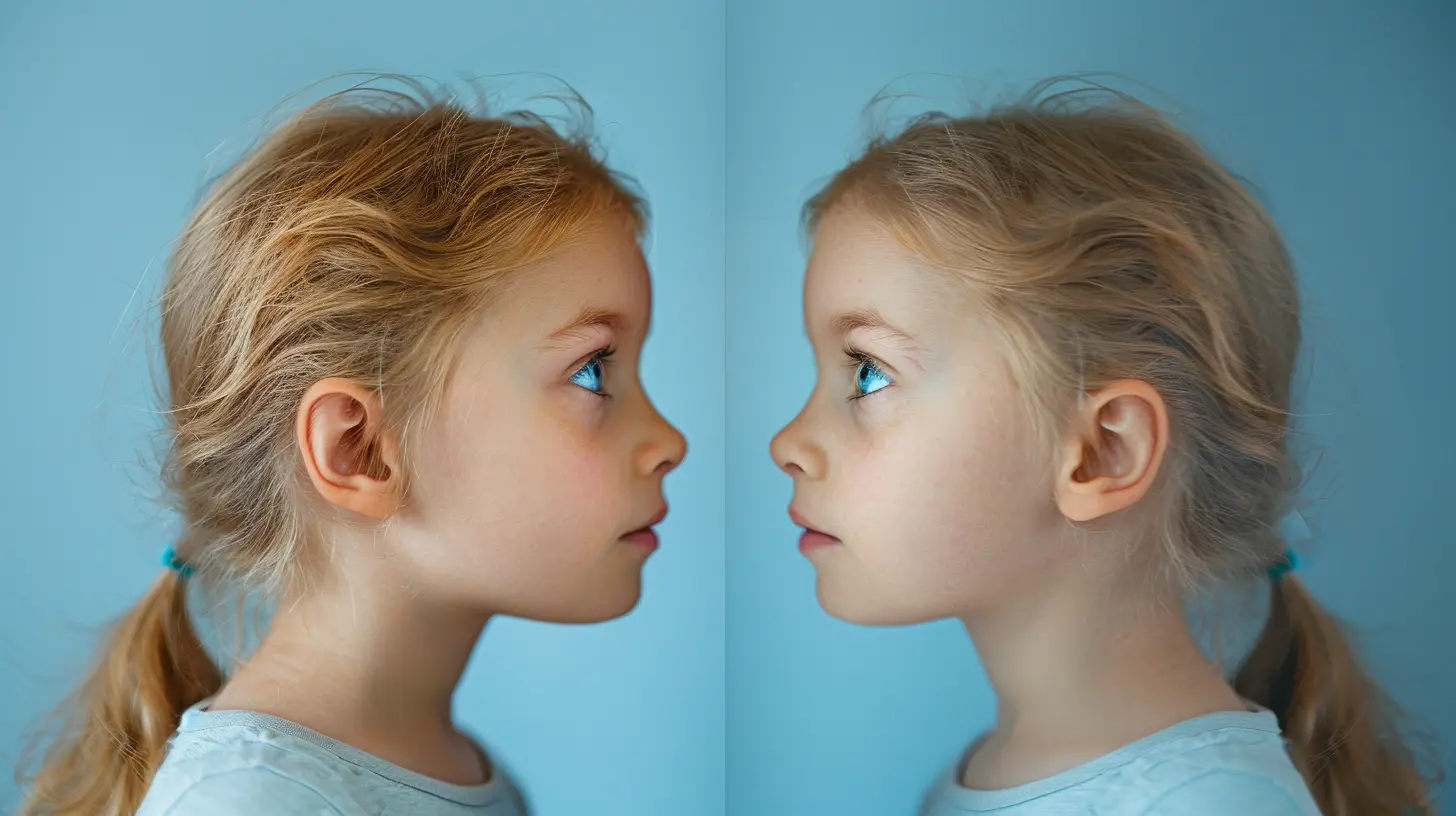
What Is Gender Identity, Anyway?
Let’s start with the basics. Gender identity refers to a person’s internal sense of who they are—male, female, both, neither, or somewhere along the gender spectrum. It's different from biological sex (the one assigned at birth based on physical characteristics) and sexual orientation (which is about who you’re attracted to).Think of gender identity as the compass inside you that helps you understand how you relate to the world in terms of gender. It's not about what's on the outside—but rather, how someone feels on the inside.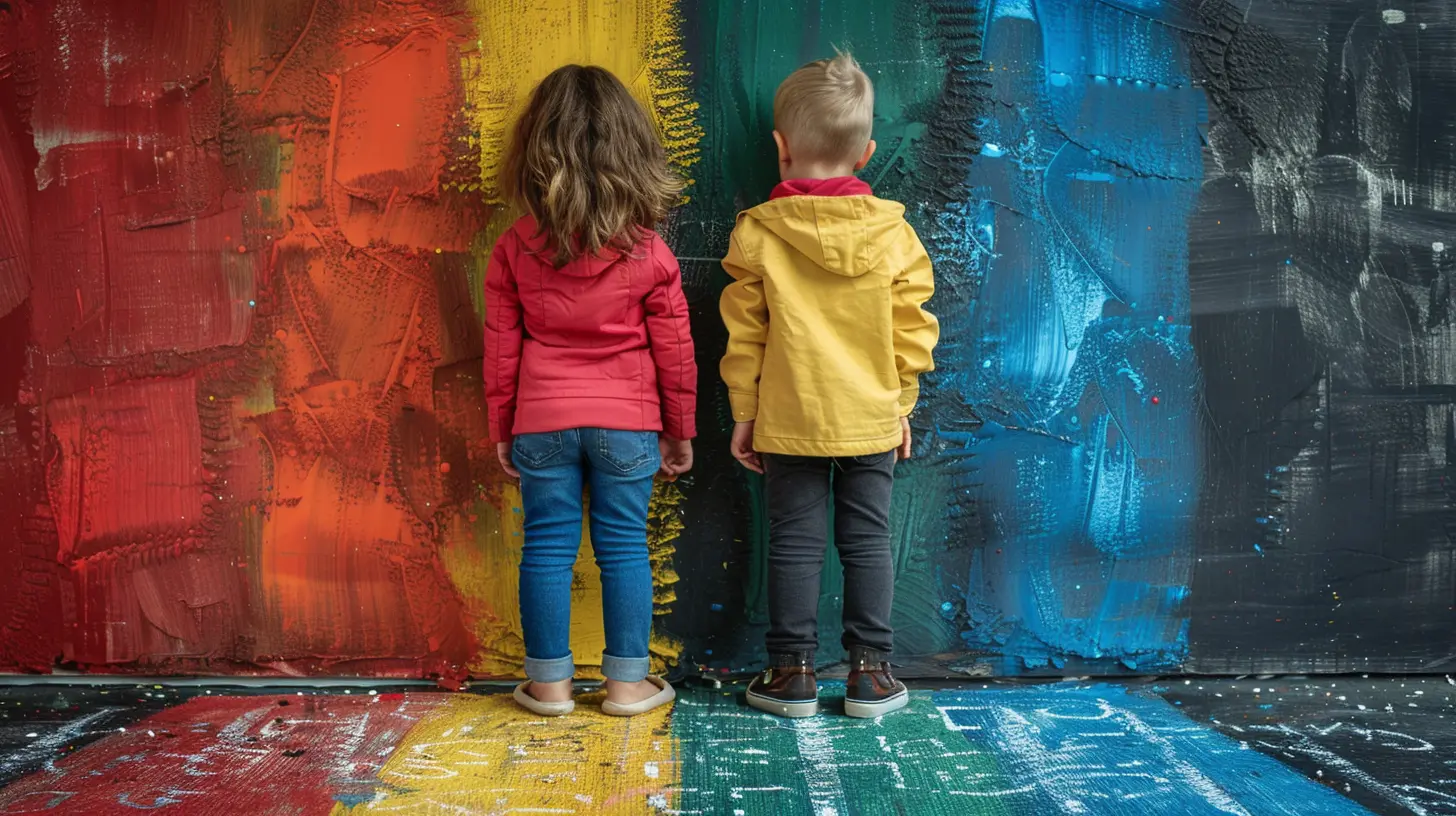
Gender Identity vs. Gender Expression
These two can easily get mixed up. Gender identity is about who you are. Gender expression is how you show that to the world—through clothes, behavior, hairstyle, voice, and interests. A child may identify as female but prefer more "traditionally masculine" clothing or play styles. And that's totally okay!It's kind of like your favorite ice cream flavor. You might love mint chocolate chip (your identity), but sometimes you want to try vanilla just for fun (your expression). Neither choice changes the fact that mint chocolate chip is your jam.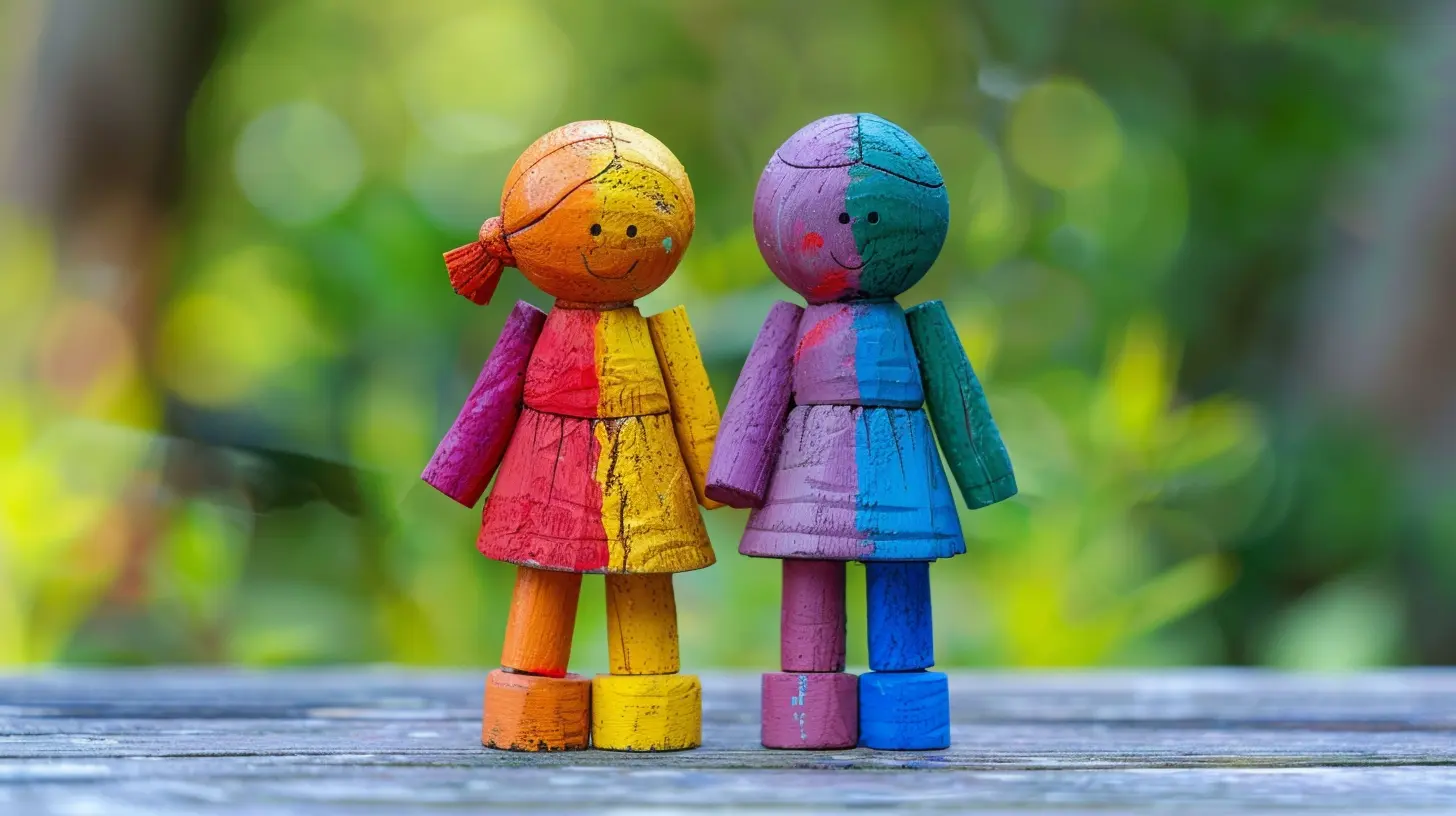
When Do Children Start Developing Gender Identity?
Spoiler alert: it's earlier than you think.Ages 2–3: The Awareness Stage
By age 2 or 3, most kids can identify themselves and others as boys or girls. This is the start of gender awareness. But at this stage, it's pretty black and white for them. They often believe gender is determined by external cues like hair length or clothing.Remember little kids saying things like, “Only boys can drive trucks”? That’s not stubbornness, that's development. Their brains are just starting to categorize the world.
Ages 4–5: Gender Consistency
Around age 4 to 5, kids begin to understand that gender is constant. A boy who puts on a dress is still a boy—this concept typically clicks into place during preschool years.But here's where things get interesting: some kids might start expressing a different gender than the one assigned at birth. They may insist, "I'm not a boy, I'm a girl." This isn't a phase or confusion—it’s often a sincere expression of their gender identity.
Ages 6–10: Solidifying Identity
During these years, most kids have a pretty firm grasp on their gender. But some kids may continue to question or explore. This is also the age where children become more aware of societal gender expectations—and may feel pressure to conform.Peer acceptance becomes huge, and children might suppress parts of themselves to fit in. That’s why support from adults is so vital during this stage.
Ages 11 and Up: Puberty and Identity
For preteens and teens, puberty can either affirm a child's gender identity or make things more confusing. For transgender or nonbinary youth, the changes brought by puberty can feel very distressing. Imagine your body changing in a way that feels totally out of sync with who you are. It’s like watching someone else’s reflection in the mirror.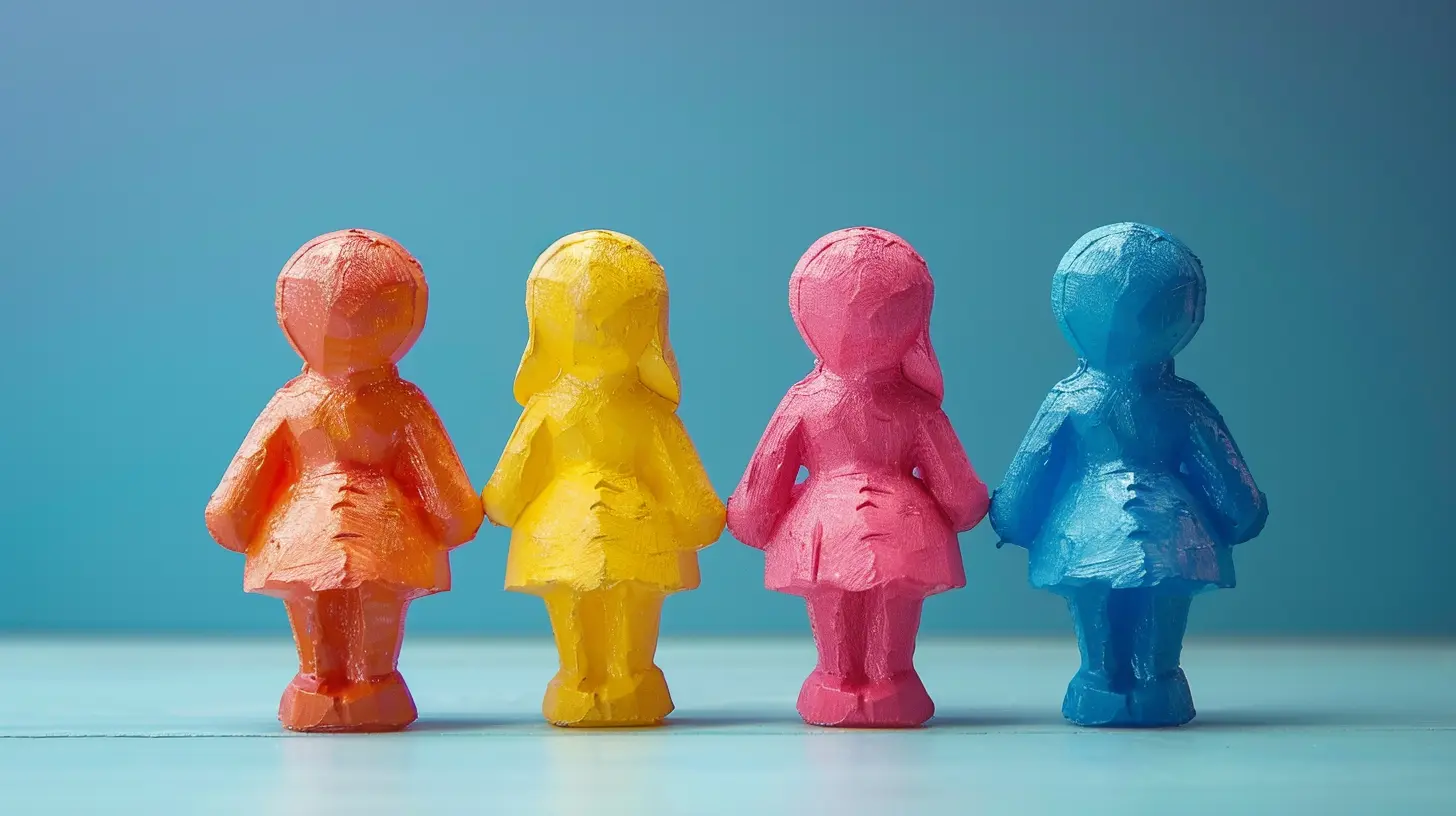
Why Some Kids Express Their Gender Differently
It’s important to understand that gender diversity isn’t new—it’s just more visible now. Historically, many cultures have embraced more than two genders. What’s changing now is our growing willingness to support those differences.Some children:
- Show gender-nonconforming behaviors
- Identify as a gender different from what was assigned at birth
- Use nonbinary terms like “they/them”
- Reject gender entirely
None of this is “wrong” or “bad.” It simply reflects the natural diversity of human identity.
What Causes Gender Identity?
Ah, the million-dollar question. Scientists believe a mix of biological, social, and environmental factors play a role. Hormones, genetics, brain structure, culture, family dynamics—all of these can influence how a child experiences and expresses their gender.There’s no one-size-fits-all answer. Just like personality, gender identity develops uniquely for every person.
How Parents Can Support Their Child’s Gender Identity
If you're a parent reading this, chances are you just want your kid to be happy and healthy. That’s the best place to start. Here’s how you can be a rockstar support:1. Listen Without Judgment
Let your child share their thoughts and feelings. Ask open-ended questions like, “How do you feel when people call you a girl (or boy)?” Avoid jumping to conclusions—just be present.2. Use Their Chosen Name and Pronouns
Affirming their identity by using their chosen name or pronouns is a small gesture that has a massive impact. Studies show that transgender youth who are affirmed face significantly lower rates of depression and suicide.3. Let Them Express Themselves
Want to wear a tutu to the grocery store? Cool. Prefer short hair and sneakers? Great. Gender expression is a form of self-exploration. There’s no harm in letting kids figure themselves out.4. Educate Yourself
Books, podcasts, reputable websites—there are tons of resources out there. Understanding the basics helps you become a better advocate for your child.5. Seek Support
You don’t have to navigate this alone. Consider connecting with a family therapist, support groups, or mental health professionals who specialize in gender development.What Not to Do (Even If You Mean Well)
- Avoid saying “It’s just a phase.” Even if it does turn out to be temporary, dismissing it invalidates your child’s feelings.- Don’t force traditional gender roles. Let your child choose activities, clothes, and toys that bring them joy.
- Avoid overreacting. Your child isn’t “broken” or “confused”—they’re just figuring out who they are.
Understanding the Mental Health Side of Things
Let’s be real—gender-diverse children face higher rates of anxiety, depression, and bullying. But here’s the twist: these challenges often come from how others treat them, not from their identity itself.Supportive environments, acceptance, and representation have been shown to dramatically improve outcomes for LGBTQ+ youth. Want a happy, resilient child? Be their cheerleader.
What About Schools?
Schools play a huge role in how children form their identity. Inclusive schools that allow children to express their gender freely—through dress codes, bathroom options, and inclusive language—create safer environments for everyone.If your child expresses a gender-different identity at school, work with teachers and administrators to ensure they’re respected and supported.
Frequently Asked Questions
Can a child really know their gender at a young age?
Yes. Many kids have a clear sense of their gender by age 3 or 4. If a child consistently identifies as a different gender, take it seriously.Is supporting my child’s gender identity encouraging gender confusion?
Not at all. Affirmation doesn't cause confusion—it builds confidence. Denying a child’s identity, on the other hand, can lead to real psychological harm.Should I be worried if my child plays with “opposite gender” toys?
Nope. Toys don’t have genders. Interests are not indicators of gender identity—they're just part of exploring the world.Final Thoughts: Let Them Be Who They Are
Understanding gender identity development in children isn’t about labeling—it’s about letting kids show you who they are. It’s about listening, trusting, and creating a world where every child can grow up feeling loved and seen.As adults, we set the tone. We can either create safe spaces where kids thrive or environments where they hide. And honestly? The choice is clear.
If you’re ever in doubt, just come back to this simple truth: every child deserves the freedom to be themselves.
all images in this post were generated using AI tools
Category:
Child DevelopmentAuthor:

Paulina Sanders
Discussion
rate this article
1 comments
Harley Rios
Great insights! Understanding gender identity in children is essential for fostering acceptance and support in their journey. Thank you!
November 14, 2025 at 5:53 PM

Paulina Sanders
Thank you for your thoughtful comment! I’m glad you found the insights valuable for fostering acceptance and support.


